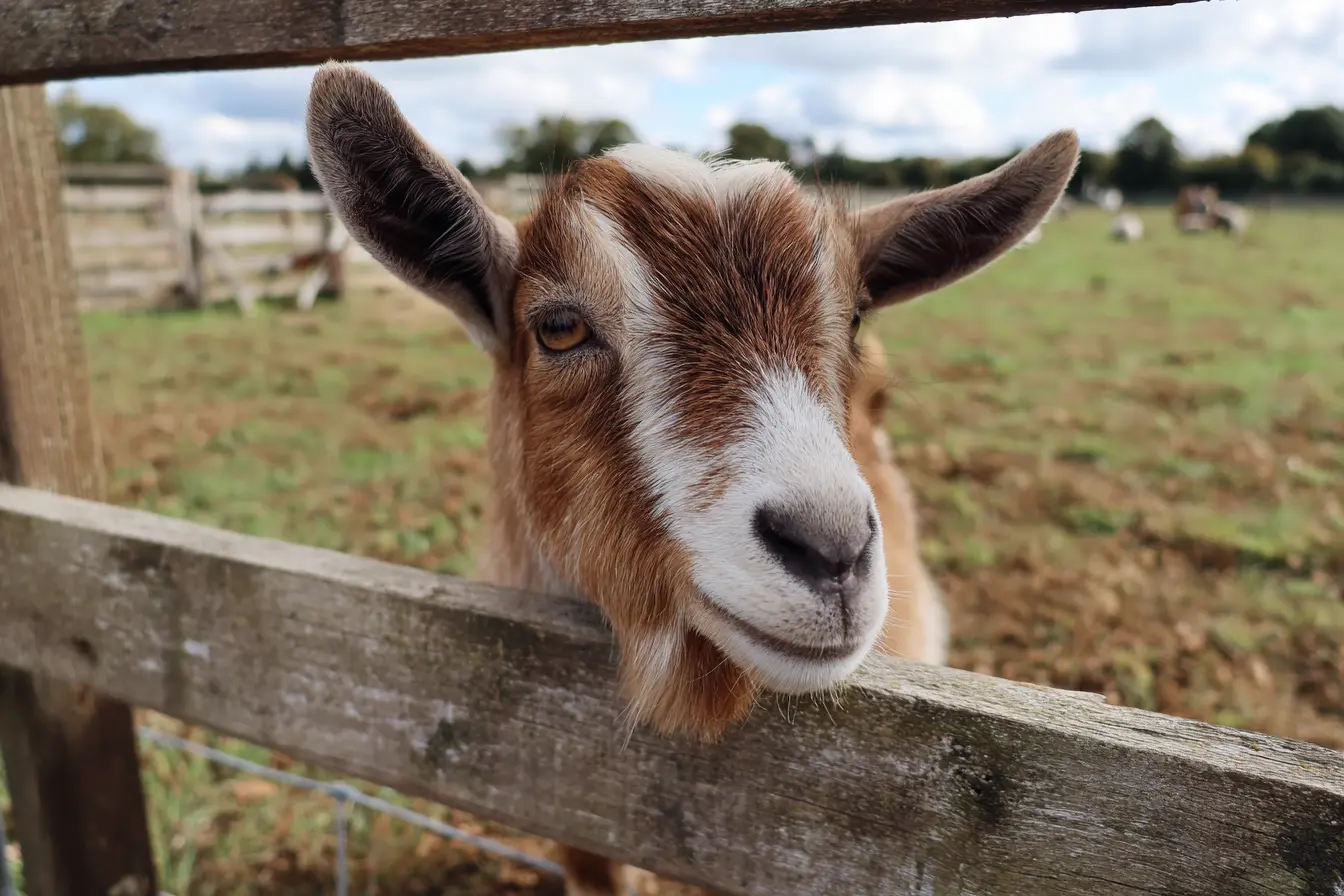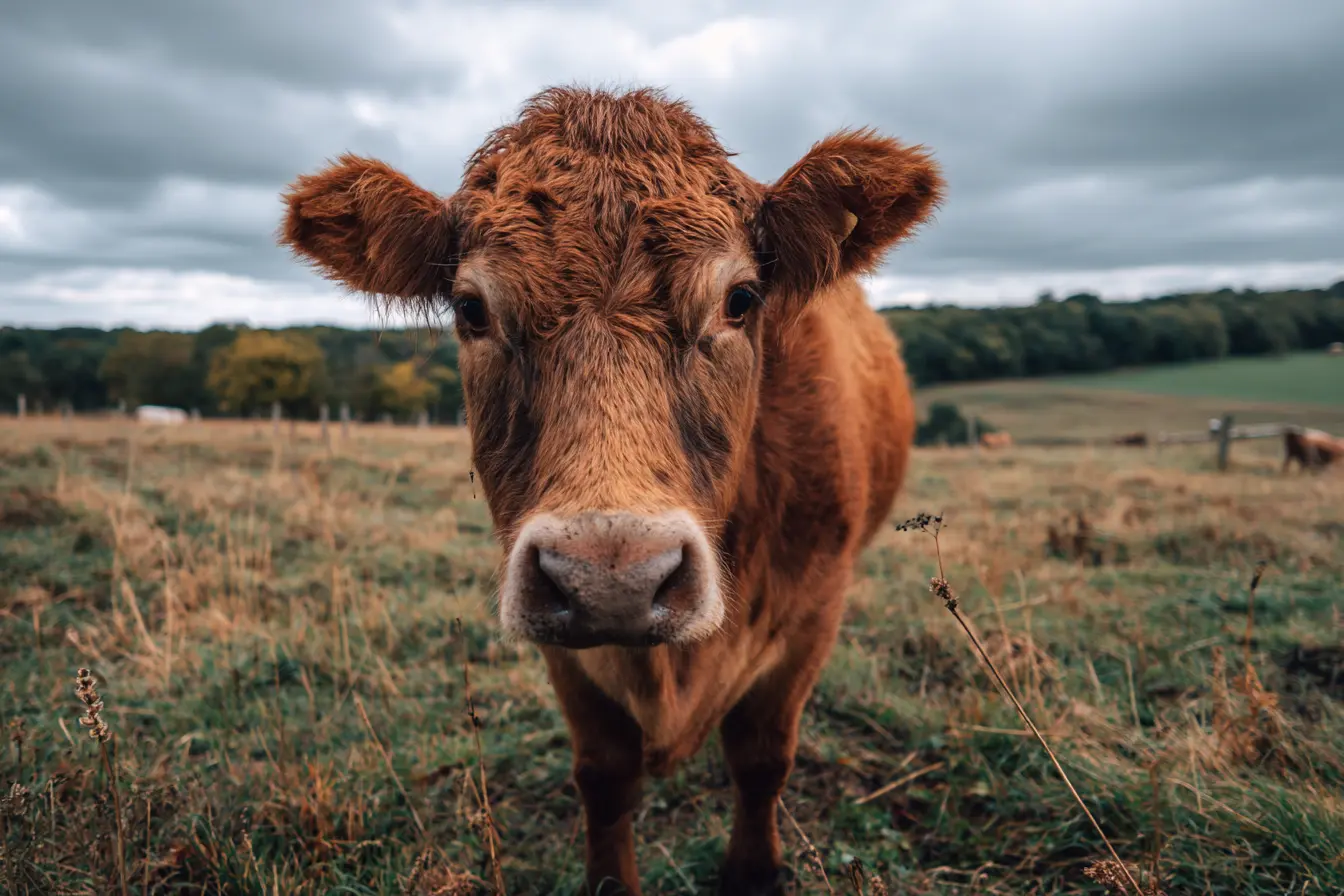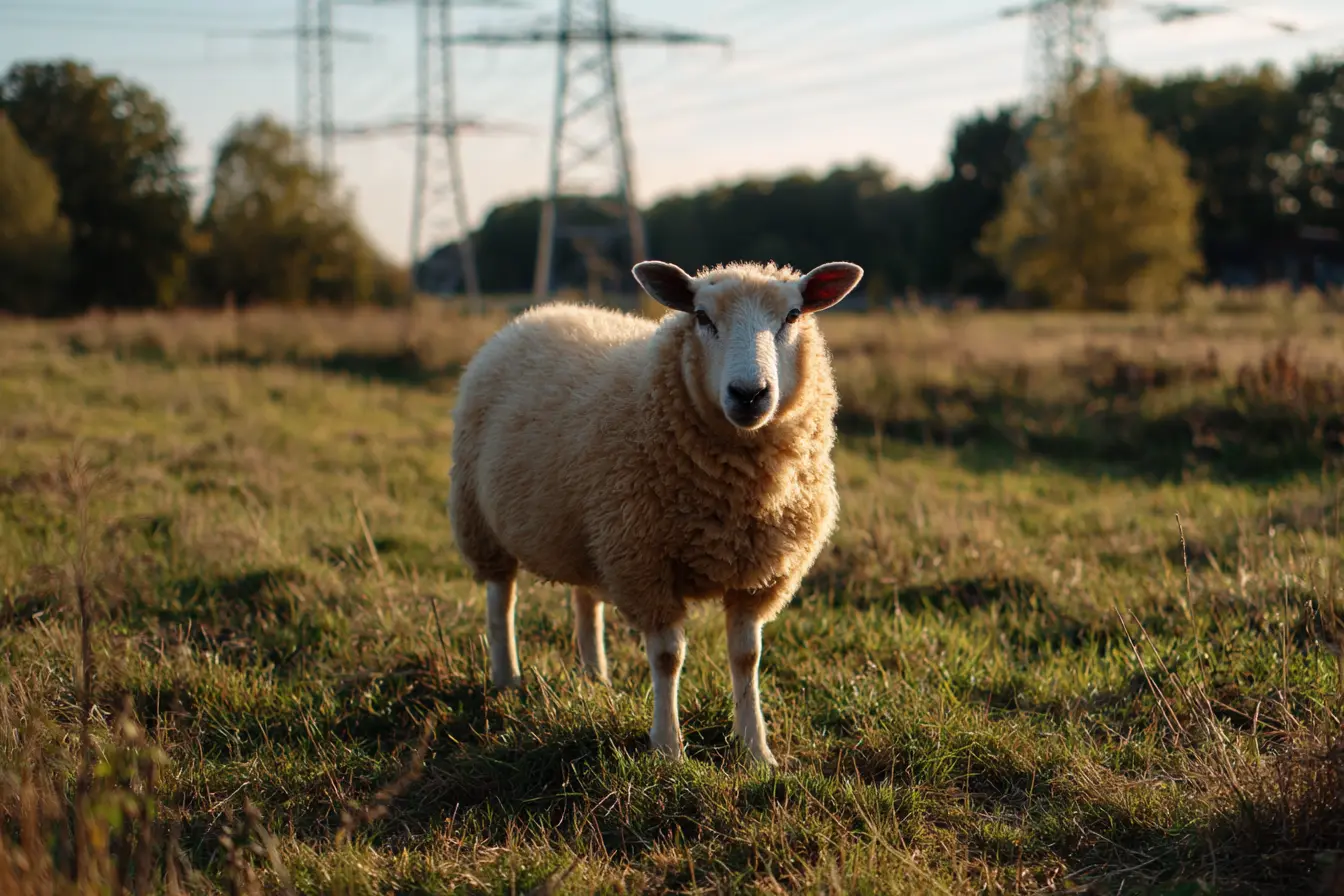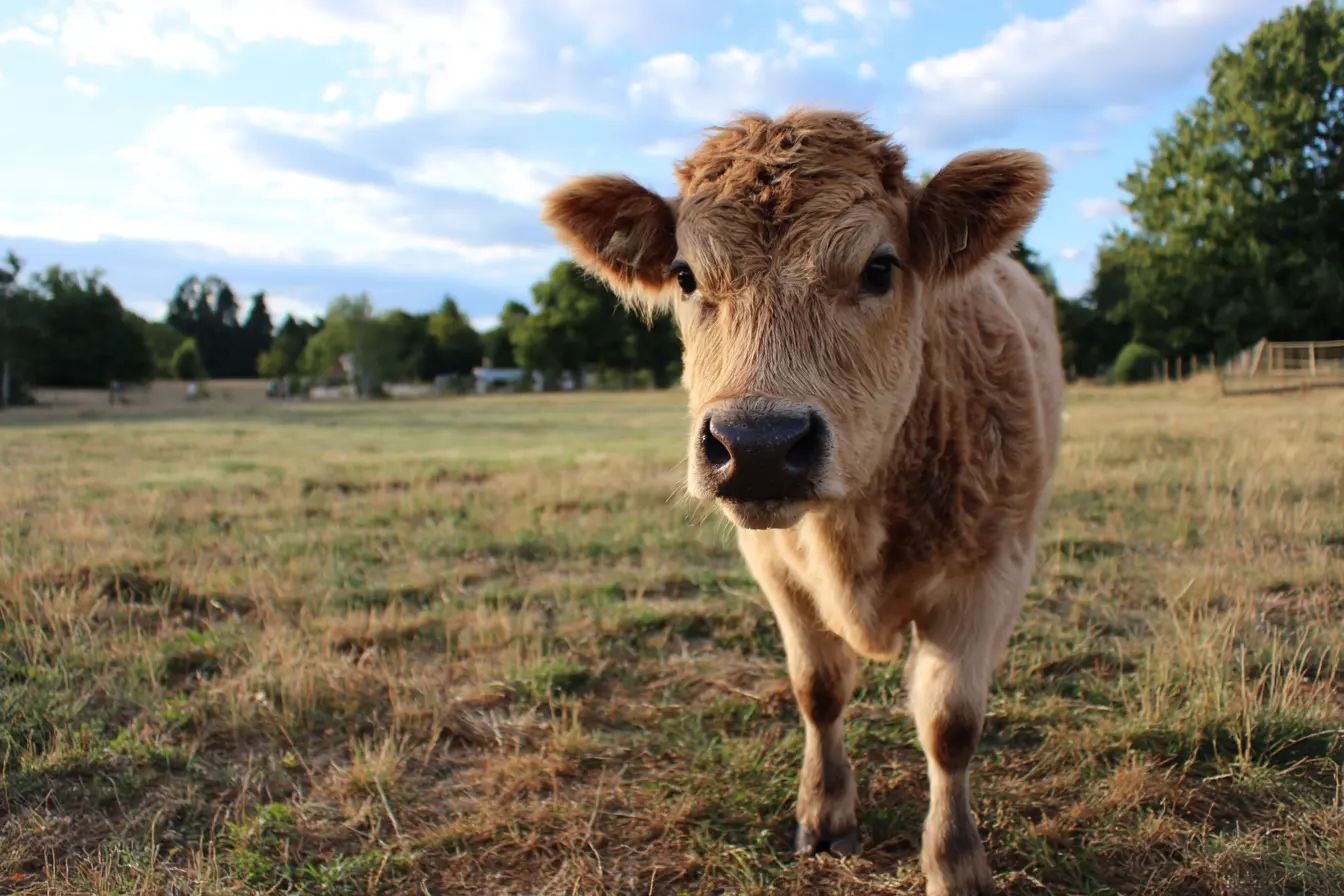
Understanding The Importance of Diet for Fibre Quality in Goats
Goats are valued worldwide for their ability to produce high-quality fibres such as mohair (from Angora goats), cashmere, and even the ultra-fine pashmina. For fibre goat keepers in the UK and beyond, one of the most important factors influencing fibre yield and quality is diet. Nutrition not only affects the health and productivity of goats but also directly determines the strength, fineness, and length of their fibre.
This guide explores the intricate relationship between fibre quality and diet in goats, covering what fibre quality means, the nutritional factors that influence it, and how to manage feeding for optimum results.
What is Fibre Quality in Goats?
Fibre quality refers to the characteristics that make fibre valuable for textile production. The main factors include:
- Micron count (fineness): the diameter of individual fibres, measured in microns. The finer the fibre, the softer and more valuable it is.
- Staple length: the length of the fibre. Longer fibres are easier to spin and produce smoother yarn.
- Strength: the ability of fibres to resist breakage. Strong fibres are essential for processing.
- Uniformity: consistency in fineness and length across the fleece.
- Cleanliness: absence of dirt, vegetable matter, or contaminants.
While genetics set the baseline for these traits, nutrition strongly influences whether a goat reaches its full fibre-producing potential.
How Diet Affects Fibre Growth
Fibre is primarily composed of keratin, a protein that requires a balanced supply of nutrients to form correctly. If dietary needs are not met, fibre quality and yield decline.
- Protein: Adequate, good-quality protein is essential for fibre production. Deficiency leads to weaker, shorter fibres.
- Energy: Fibre growth is energy-intensive. If energy intake is insufficient, the goat prioritises survival and reproduction over fibre growth.
- Minerals: Key minerals such as zinc, copper, and sulphur are vital for keratin formation and fibre strength.
- Vitamins: Vitamins A, D, and E support healthy skin and follicles, indirectly affecting fibre.
- Water: Fibre production drops if goats are dehydrated, as every metabolic process relies on water.
Nutritional Factors Influencing Fibre Quality
Protein
- Fibre goats require higher levels of protein compared to meat or dairy breeds.
- Sources include high-quality hay, browse, legumes, and commercial concentrates.
- Low protein diets lead to reduced fleece growth and breakage.
Energy
- Carbohydrates and fats provide energy for growth and maintenance.
- Energy deficiencies result in thin, weak fibres or even fibre shedding.
- Excessive energy without balance can cause digestive issues that also impair fibre growth.
Minerals
- Zinc: essential for healthy skin and hair follicles. Deficiency causes fibre shedding and poor growth.
- Copper: important for pigmentation and fibre strength, but must be carefully managed in goats to avoid toxicity.
- Sulphur: a building block of keratin.
- Selenium: supports immune health and prevents conditions that indirectly affect fibre quality.
Vitamins
- Vitamin A: supports skin and follicle health.
- Vitamin D: important for calcium metabolism and general health, influencing growth indirectly.
- Vitamin E: an antioxidant that supports immune function and skin integrity.
Fibre and Roughage
- Goats are browsers by nature and require roughage for healthy rumen function.
- Forage should form the base of the diet, with additional concentrates only as needed.
- A balanced rumen environment ensures efficient nutrient absorption, which in turn supports fibre growth.
Common Dietary Problems Affecting Fibre
- Poor-quality forage: limits protein and energy, reducing growth and quality.
- Mineral imbalances: deficiencies or toxicities can cause weak, brittle fibres.
- Sudden dietary change: disrupts rumen balance, causing illness and fibre loss.
- Overfeeding concentrates: may lead to acidosis, reducing nutrient absorption and harming fibre.
- Inadequate water: directly reduces fibre production and quality.
Seasonal Considerations
- Winter: Goats need supplementary hay and concentrates, as poor forage quality reduces protein and energy intake.
- Spring: Lush pasture provides energy but may lack minerals; supplementation is important.
- Summer: Heat stress may reduce feed intake, indirectly affecting fibre yield.
- Autumn: Preparing goats nutritionally for winter ensures consistent fibre growth.
Practical Feeding Tips for Fibre Quality
- Provide high-quality forage as the base diet year-round.
- Supplement with legumes (alfalfa, clover) to boost protein intake.
- Offer goat-specific mineral licks; avoid sheep licks (low in copper).
- Introduce concentrates slowly and feed in small amounts.
- Ensure clean, fresh water is always available.
- Balance diets seasonally, adjusting supplements when forage quality drops.
- Monitor body condition – over or under-conditioned goats produce poorer quality fibre.
The Role of Management in Supporting Diet
- Regularly assess pasture quality and adjust feed accordingly.
- Protect fleeces from contamination by managing bedding and housing.
- Carry out routine health checks – parasites and illness reduce feed efficiency and fibre growth.
- Keep records of fibre yield and quality to track the impact of diet changes.
Conclusion
The link between fibre quality and diet in goats is clear: while genetics provide the potential, nutrition unlocks it. A well-balanced diet rich in protein, energy, vitamins, and minerals supports fibre growth that is fine, strong, and long - characteristics highly prized in the textile industry.
By managing diet carefully, providing consistent forage, supplementing where needed, and maintaining good husbandry, goat keepers can significantly improve both the quantity and quality of fibre produced. In the UK, where seasonal changes affect forage availability, proactive feeding strategies are especially important for sustaining fibre production year-round.
Vets near you
Speciality vets
- Aquatics vet specialists
- Birds vet specialists
- Camelids vet specialists
- Cats vet specialists
- Cattle vet specialists
- Deer vet specialists
- Dogs vet specialists
- Equines vet specialists
- Exotic vet specialists
- Goats vet specialists
- Pigs vet specialists
- Poultry vet specialists
- Sheep vet specialists
- Small Mammals vet specialists
- Wild vet specialists



